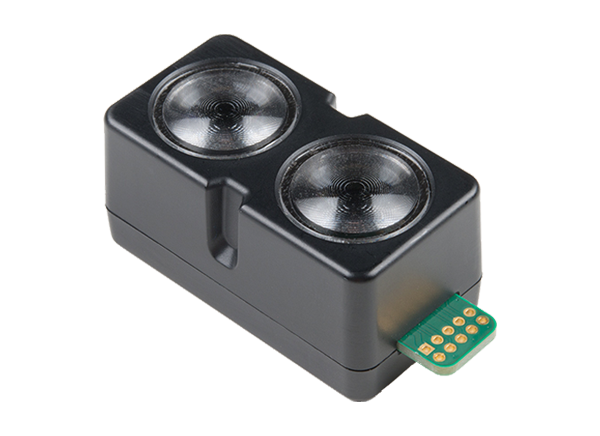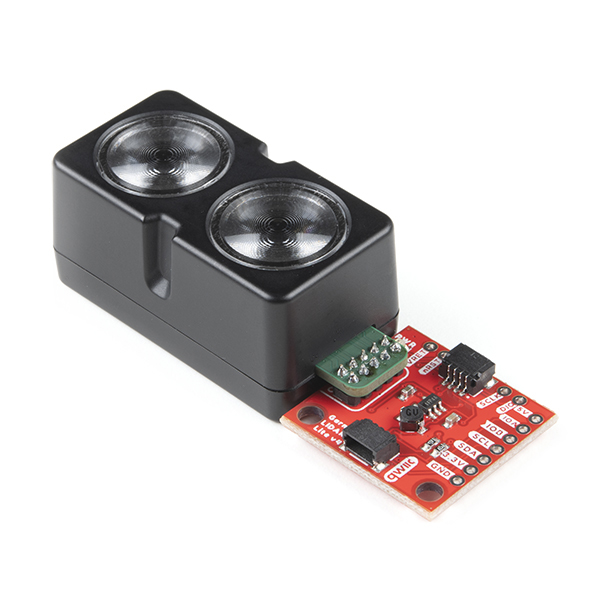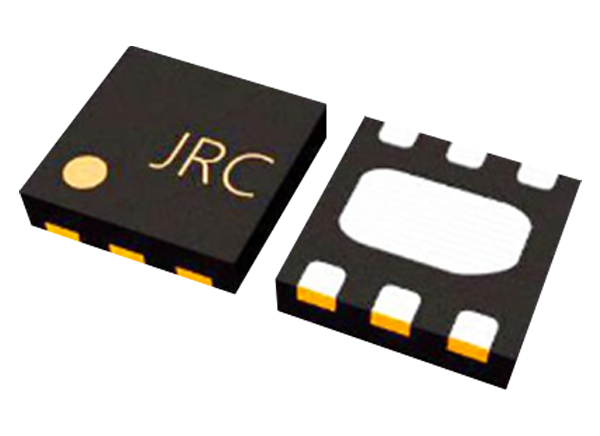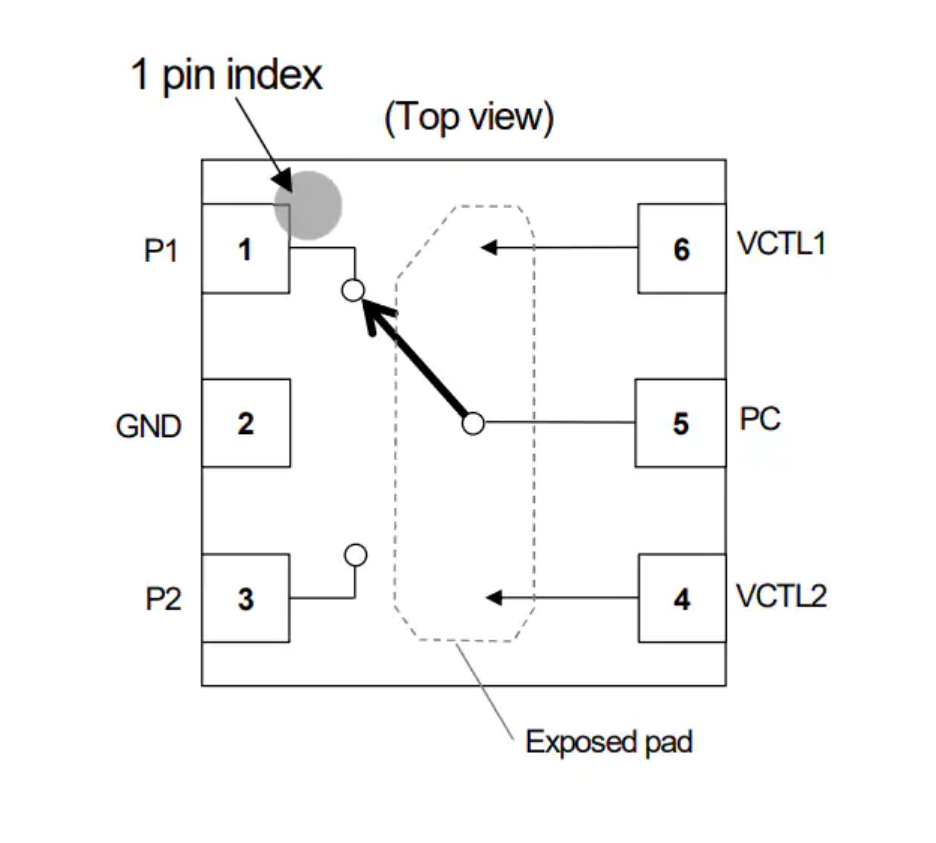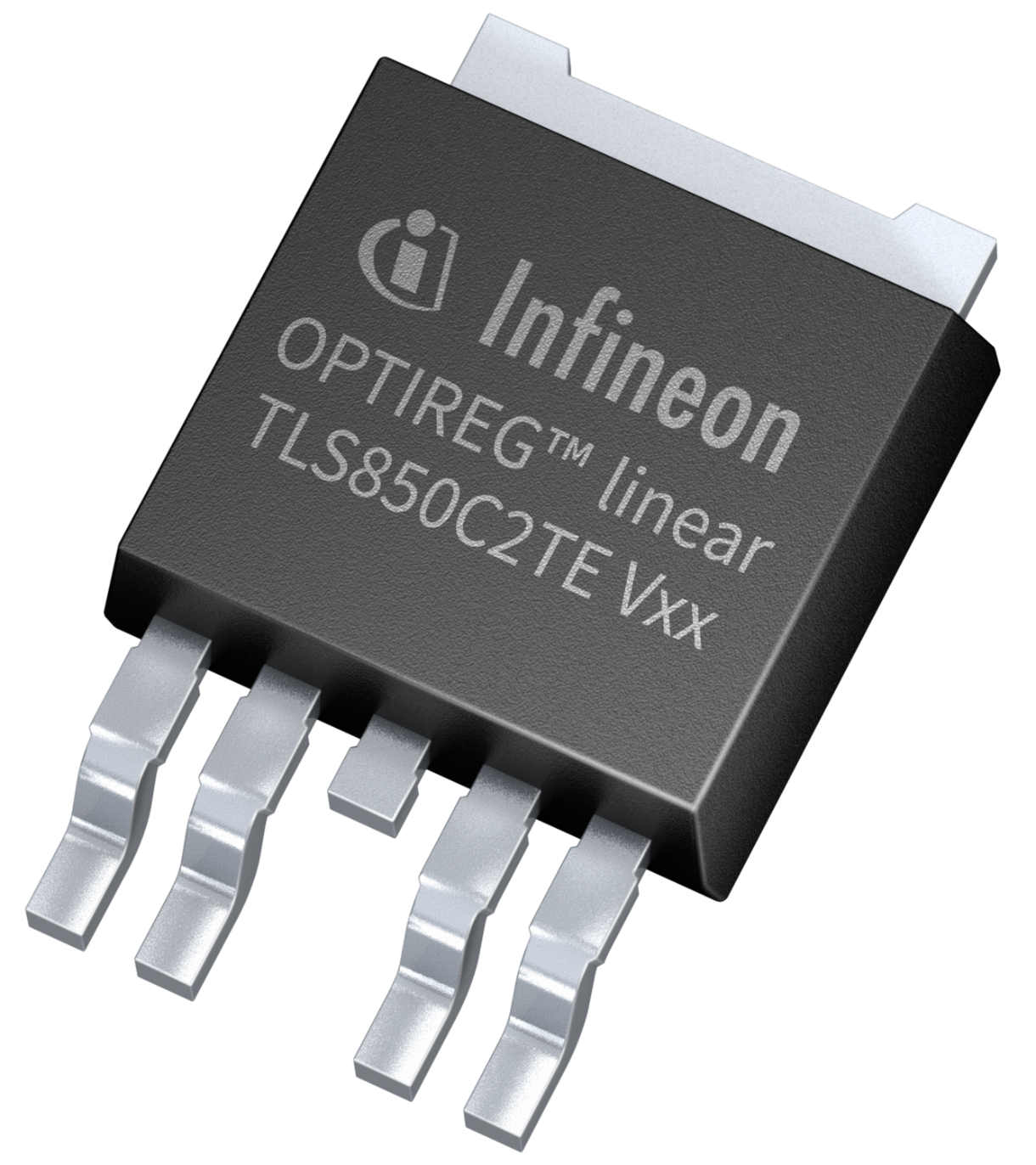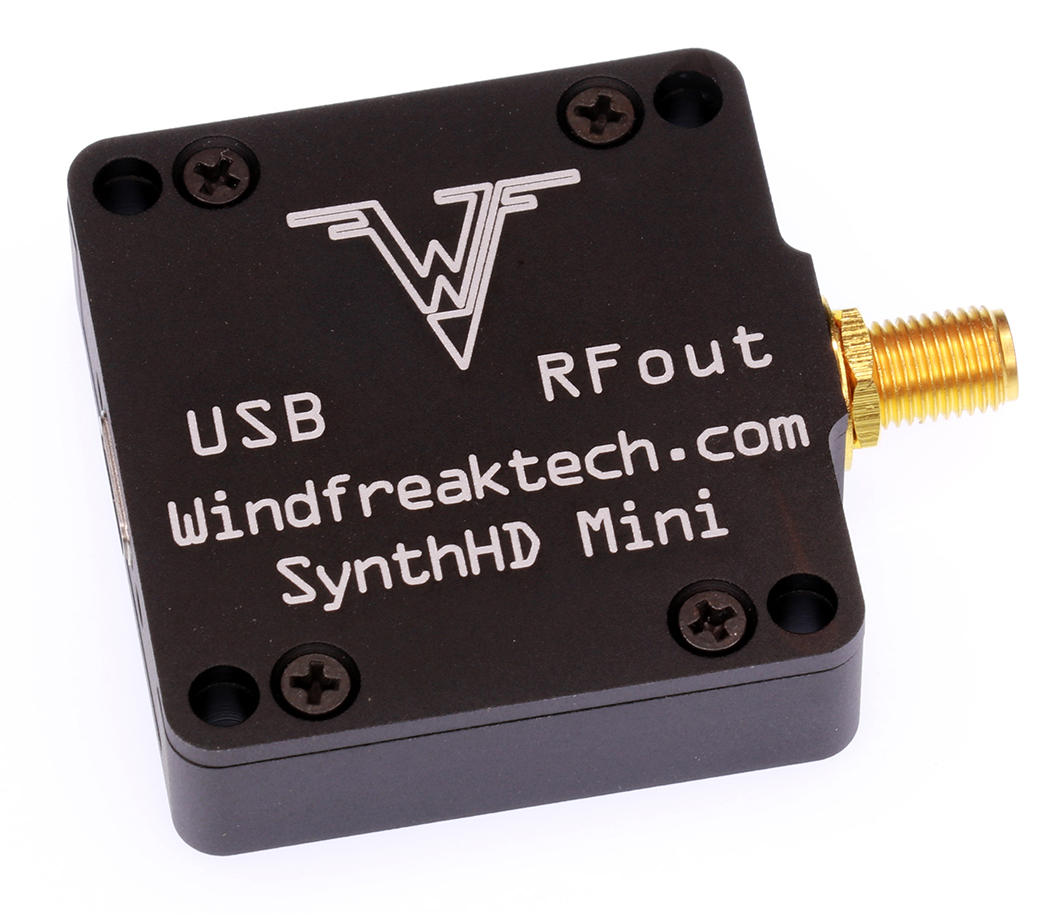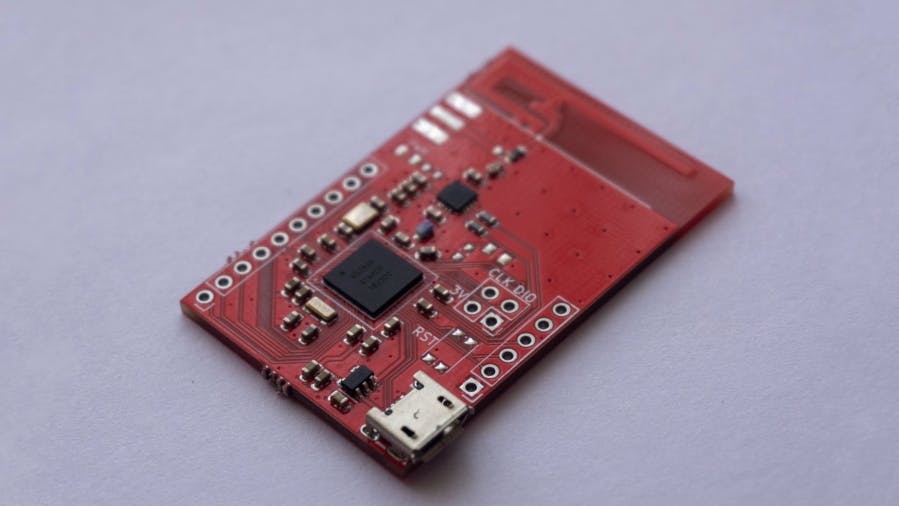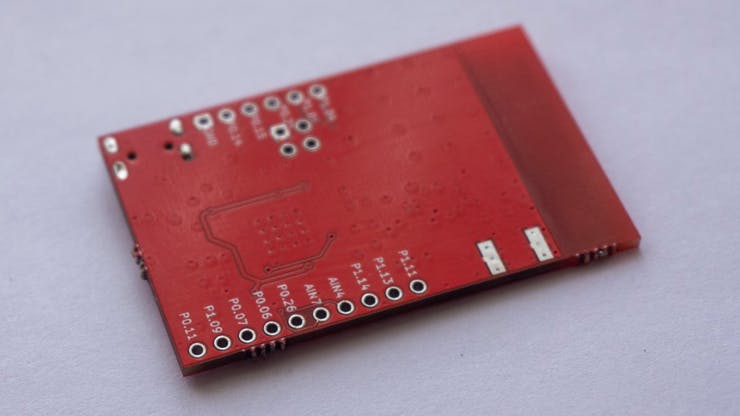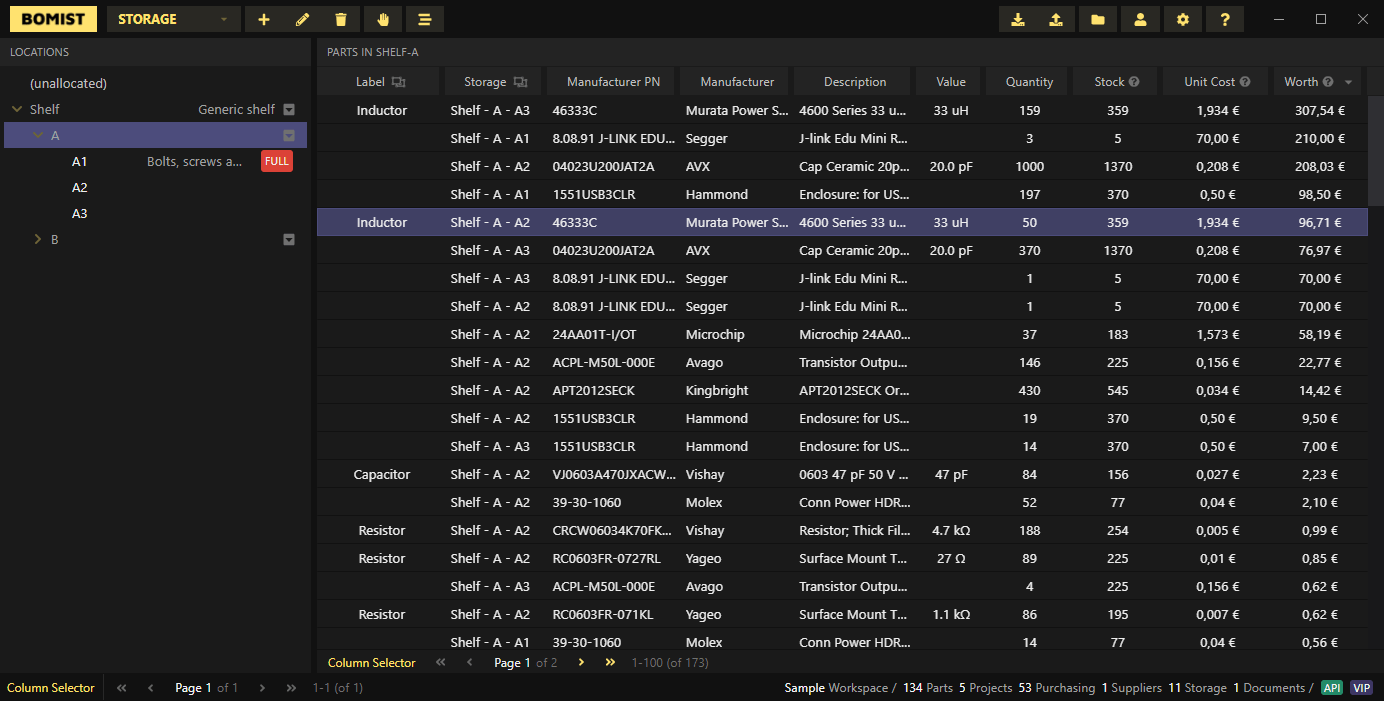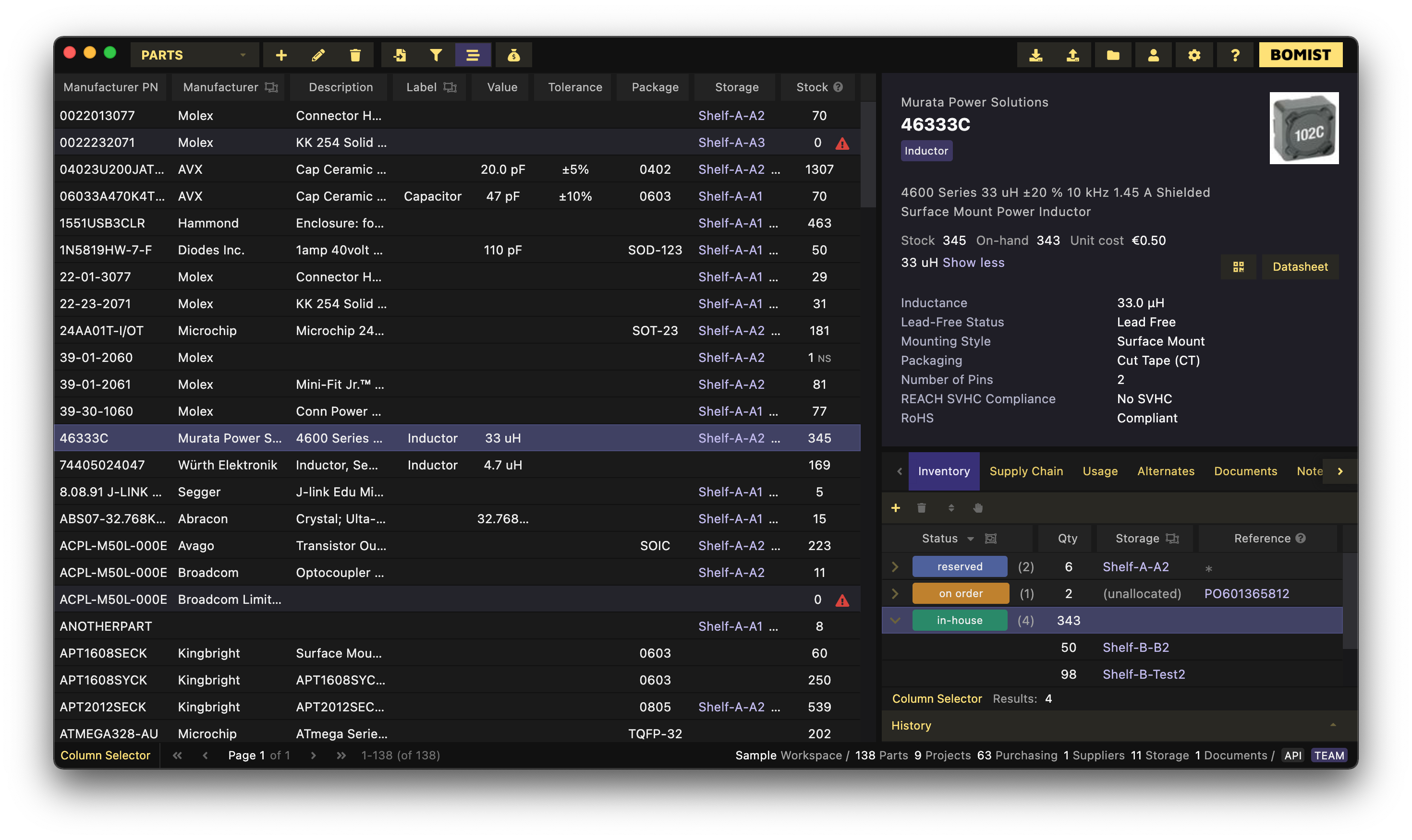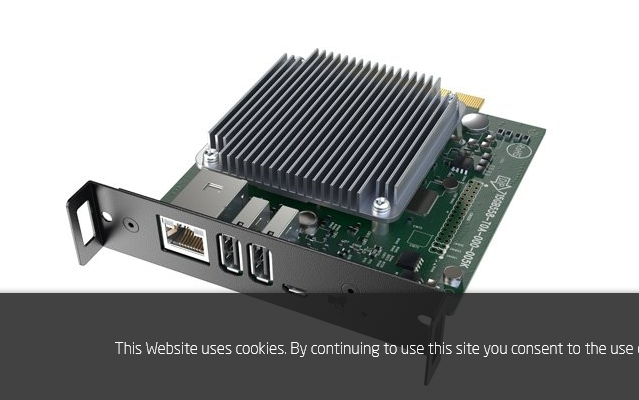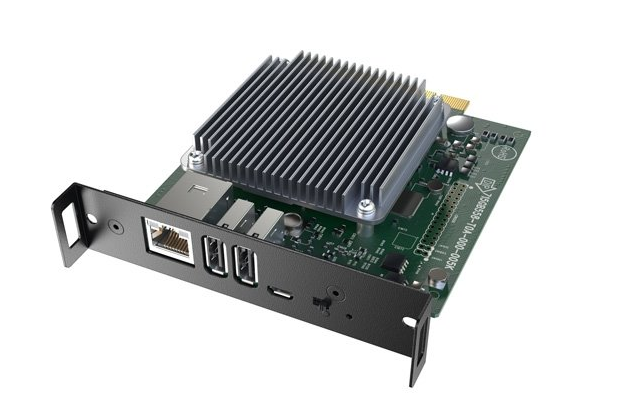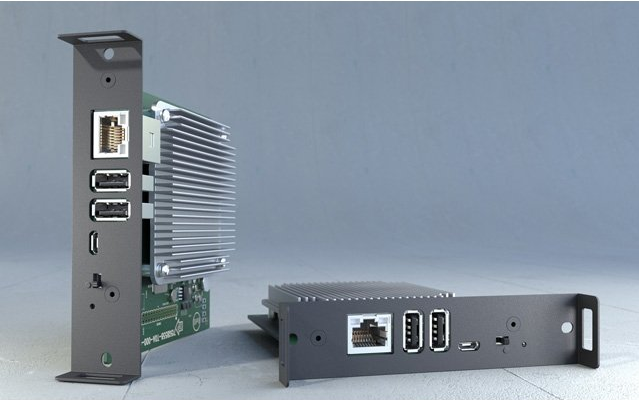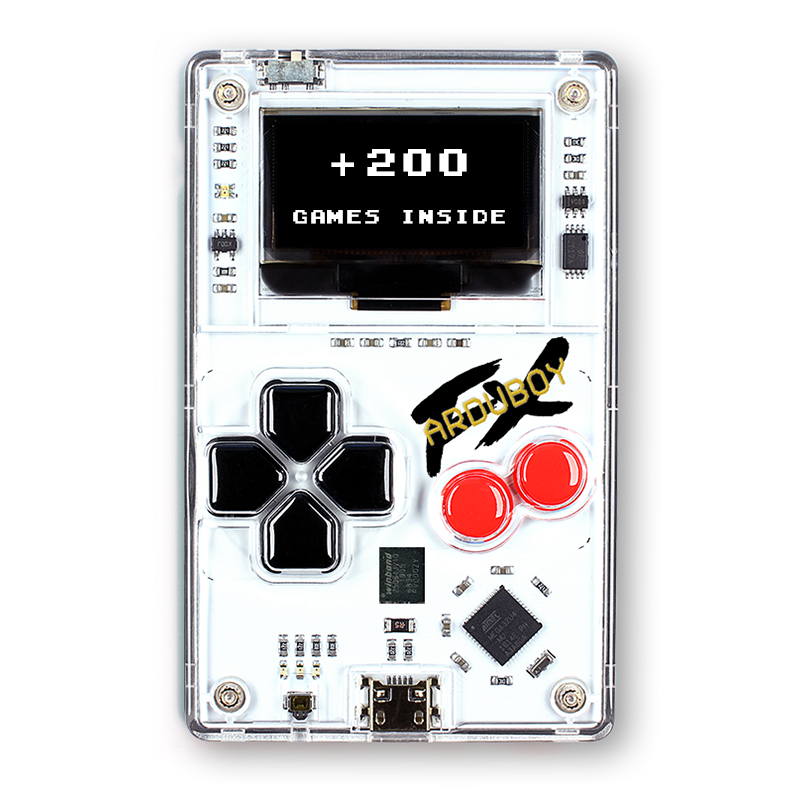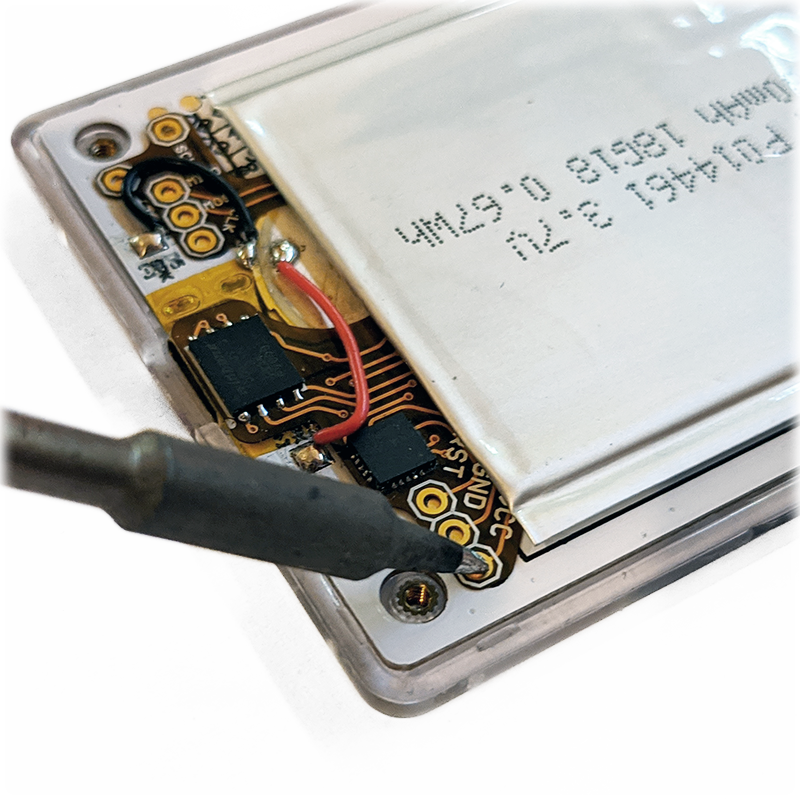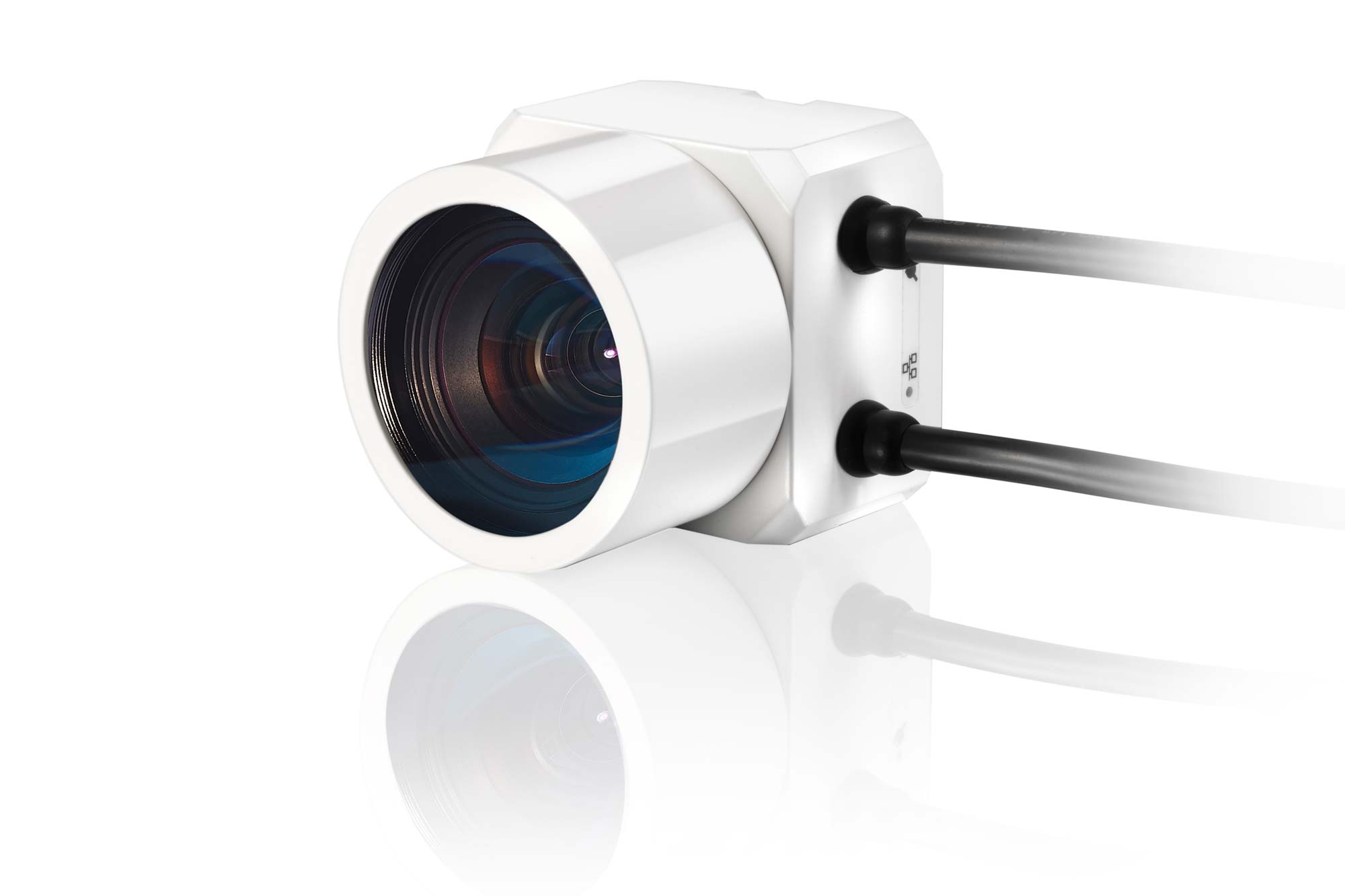
VisionAI is an embedded solution for image processing with which applications from the fields of AI, Deep Learning and Machine Learning can be easily realised. With its integrated Google Edge TPU, the real-time inference system supports the frameworks TensorFlow Lite and AutoML Vision Edge. This makes it ideally suited for tasks such as pattern recognition, classification, anomaly or defect detection in inspection applications, code reading and many other custom applications.
Advantages of a complete AI embedded solution for AI-based image processing
VisionAI offers the great advantage of being a complete AI embedded solution that can be quickly adapted to the task at hand with little effort. Users do not have to deal with image acquisition, I/O handling or other essential functions, but can concentrate fully on the development of the actual image processing solution right from the start.
Realising applications within one working day is usually no problem for developers with experience in Linux, AI and image processing. The basis for this is VisionAI’s integrated software, which provides the user with a large number of sample applications. On this basis, a quick adaptation to the individual specifications can be made. Thanks to the integrated Google Edge TPU, VisionAI is particularly predestined for the creation of solutions that require the use of technologies such as AI, Deep Learning or Machine Learning.
In addition to adapting the sample applications provided, VisionAI users also have the flexibility to develop their own image processing applications based on Halcon, C++ or Python and to integrate any libraries or their own software developments. VisionAI’s free programmability makes it extremely flexible in the selection of suitable software and also allows complete access to the hardware, giving users full control over the design of their embedded solution based on VisionAI.
Features:
- The freely programmable, compact AI image processing camera VisionAI for the rapid realization of individual Artificial Intelligence and Deep Learning systems.
- Perfect combination of high computing power and compact image processing system
- Integrated Google Edge TPU for TensorFlow Lite and AutoML Vision Edge
- Open real-time inference system with full hardware access and flexible software options
At the heart of VisionAI is a Quad Core ARM Cortex-A53 processor with a modern Debian-based Linux operating system and a clock speed of 4x 1.8 GHz, as well as an integrated Google Edge TPU that supports TensorFlow Lite and AutoML Vision Edge. The global shutter CMOS sensor used has a resolution of 5 megapixels and achieves a frame rate of 65 full frames per second. For communication with the connected machine or process, 2 digital inputs and 4 digital outputs as well as an Ethernet interface with 1000 Mbit/s are available. This performance in combination with the extremely small design of only 50 mm × 50 mm × 40.1 mm, a robust housing and the possibility of connecting C-mount lenses in an optional protective housing makes VisionAI the perfect embedded vision solution for AI, Deep Learning or Machine Learning applications.
Simple configuration with ViewIT
Most industrial cameras and vision sensors already include user software that allows image display and camera configuration. The VisionAI can be put into operation, but for special applications and image processing tasks, the software must first be developed. This takes a lot of time and development effort. ViewIT offers a faster solution.
ViewIT is a framework that allows image processing applications to be developed quickly and cost-effectively – without having to write a single line of code outside of image processing itself. A graphical user interface with intuitive functionality and easy-to-configure software modules allow any automation engineer to access machine vision.
Basic applications as counting, vibration control or kinematic monitoring will be an integral part of ViewIT. Regarding your individual application, IMAGO technologies can provide the algorithms used in the ViewIT environment.
more information: https://imago-technologies.com/smart-camera-with-deep-learning-accelerator/


